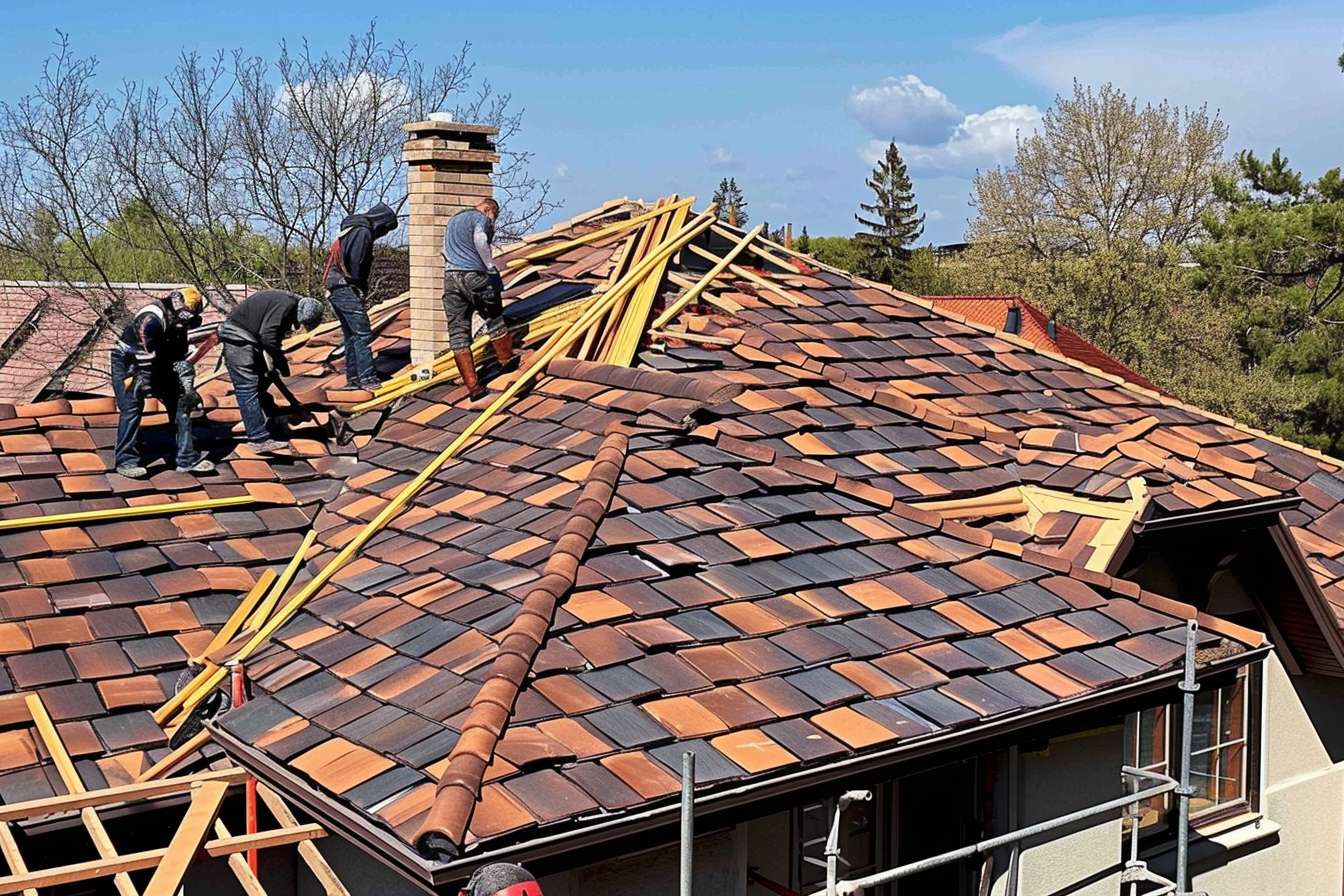Understand Roof Waterproofing and Learn About Durability and Price Ranges
Roof waterproofing is a crucial investment for homeowners and building managers looking to protect their property from water damage. This process involves applying specialized materials to create a watertight barrier on your roof, preventing leaks and extending the lifespan of your roofing system. By understanding the types, durability, and costs associated with roof waterproofing, you can make an informed decision to safeguard your property against moisture-related issues.

What is Roof Waterproofing?
Roof waterproofing is the application of protective materials or systems to a roof’s surface to prevent water infiltration. This process creates a barrier that repels water, shields against UV rays, and protects the underlying structure from moisture damage. Effective waterproofing not only prevents leaks but also helps maintain the structural integrity of the building, improves energy efficiency, and extends the roof’s lifespan.
Types of Roof Waterproofing
There are several types of roof waterproofing solutions available, each suited to different roof designs and environmental conditions:
-
Liquid Applied Membranes: These are versatile coatings that can be sprayed, rolled, or brushed onto the roof surface. They form a seamless, flexible layer that adheres tightly to the roof, making them ideal for complex roof shapes.
-
Sheet Membranes: Typically made of materials like EPDM, PVC, or TPO, these pre-fabricated sheets are rolled out and secured to the roof. They offer excellent durability and are often used on flat or low-slope roofs.
-
Bituminous Waterproofing: This traditional method uses layers of bitumen (asphalt) and reinforcing fabrics. It’s known for its durability and is commonly used on flat roofs.
-
Cementitious Waterproofing: A mixture of sand, cement, and acrylic is applied to form a rigid, waterproof layer. This method is often used for below-grade applications or areas with high water pressure.
-
Polyurethane Liquid Membranes: These high-performance coatings offer excellent elasticity and are resistant to UV rays, making them suitable for exposed rooftop areas.
Durability and Lifespan
The durability and lifespan of roof waterproofing systems vary depending on the type of material used, quality of installation, and environmental factors. On average:
-
Liquid Applied Membranes: 10-20 years
-
Sheet Membranes: 20-30 years
-
Bituminous Waterproofing: 15-20 years
-
Cementitious Waterproofing: 5-10 years
-
Polyurethane Liquid Membranes: 15-25 years
Regular maintenance and inspections can significantly extend the lifespan of any waterproofing system. Factors such as foot traffic, extreme weather conditions, and UV exposure can impact durability, so it’s essential to choose a system that matches your specific needs and climate.
Price Ranges for Roof Waterproofing
The cost of roof waterproofing can vary widely based on factors such as the type of system, roof size, complexity of the job, and location. Here’s a general overview of price ranges for different waterproofing methods:
| Waterproofing Type | Average Cost per Sq. Ft. | Typical Project Range |
|---|---|---|
| Liquid Applied Membranes | $3 - $7 | $3,000 - $7,000 |
| Sheet Membranes | $4 - $8 | $4,000 - $8,000 |
| Bituminous Waterproofing | $4 - $6 | $4,000 - $6,000 |
| Cementitious Waterproofing | $3 - $5 | $3,000 - $5,000 |
| Polyurethane Liquid Membranes | $5 - $9 | $5,000 - $9,000 |
Prices, rates, or cost estimates mentioned in this article are based on the latest available information but may change over time. Independent research is advised before making financial decisions.
It’s important to note that these prices are estimates and can vary depending on your location, the condition of your existing roof, and any additional work required. Always obtain multiple quotes from reputable contractors for accurate pricing.
Smart Tips Before Investing
Before investing in roof waterproofing, consider these smart tips to ensure you make the best decision for your property:
-
Assess your roof’s condition: Have a professional inspection to determine if any repairs are needed before waterproofing.
-
Consider your climate: Choose a waterproofing system that’s well-suited to your local weather conditions.
-
Evaluate long-term costs: While some systems may have higher upfront costs, they might offer better longevity and value over time.
-
Check warranties: Look for products and installers that offer comprehensive warranties for both materials and workmanship.
-
Prioritize professional installation: Proper application is crucial for the effectiveness of any waterproofing system.
-
Plan for maintenance: Understand the maintenance requirements of your chosen system to ensure its longevity.
-
Consider energy efficiency: Some waterproofing systems can improve your building’s energy efficiency by reflecting sunlight and reducing heat absorption.
By understanding the basics of roof waterproofing, including its types, durability, and associated costs, you can make an informed decision to protect your property. Remember that while the initial investment may seem significant, the long-term benefits of a well-waterproofed roof – including prevention of water damage, improved energy efficiency, and extended roof life – often outweigh the costs.




